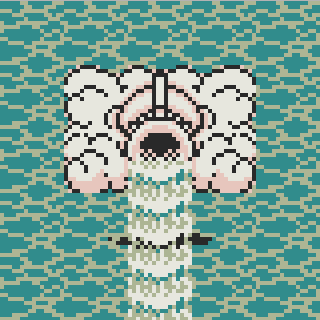This post is a response to Blizzard, Warcraft, and the future of WoW eSports and originally appeared on Medium.
World of Warcraft revenues are still massively important to Activision Blizzard, so it’s kind of amazing that they aren’t giving the MMO the attention that, say, Diablo 3 has received since the implementation of the seasonal content and the nuking of the auction house.
A disclaimer
I don’t know anything about World of Warcraft, but every year or so I play the trial mode to level 10. After the week long free trial, I conclude that I could never put eough time into the game that justifies actually spending money on it—especially when I already pay to play an MMO—and uninstall the trial client. I’m not the ideal WoW player, I get that, but I imagine that if I had put a few years of time into the game, I’d feel very differently.
I recently saw a Guild Wars 2 competitive match and did a little looking into how that game treats its competitive mode. I learned about a serious differentiator that made a ton of sense and I wonder if it could affect some positive change in the World of Warcraft scene.
A segregated competitive mode for WoW?
As I understand it, the competitive matchmaking system exists outside of the proper MMO world. Everything exists in a balanced state, from skill trees to equipment options and it allows for many of the builds present in the MMO-side of the game to be utilized in the competitive arena matches. Now, to apply that sort of segregation to WoW might ultimately make its arena match-ups simpler by restricting outfitting to a subset of instantly-available, balanced items compared to WoW’s current grinding of end-game content
Think about what breaking the competitive game mode away from requiring the open world aspect of WoW means:
- Competitive PVP balancing doesn’t have to impact the greater game world—that is, any PVE content and any MMO-based PVP content
- Full access to competitive PVP equipment so that having competitive gear in matches doesn’t require end-game grinding, but requires intelligent decisions
- Simplifying class skill trees and outfitting options equalizes the importance of team composition and player ability in lower tiers of competition
Would something like that ever work for World of Warcraft esports?
Or is the current state of WoW esports just a result of a lack of good players among a shrinking greater player base?
